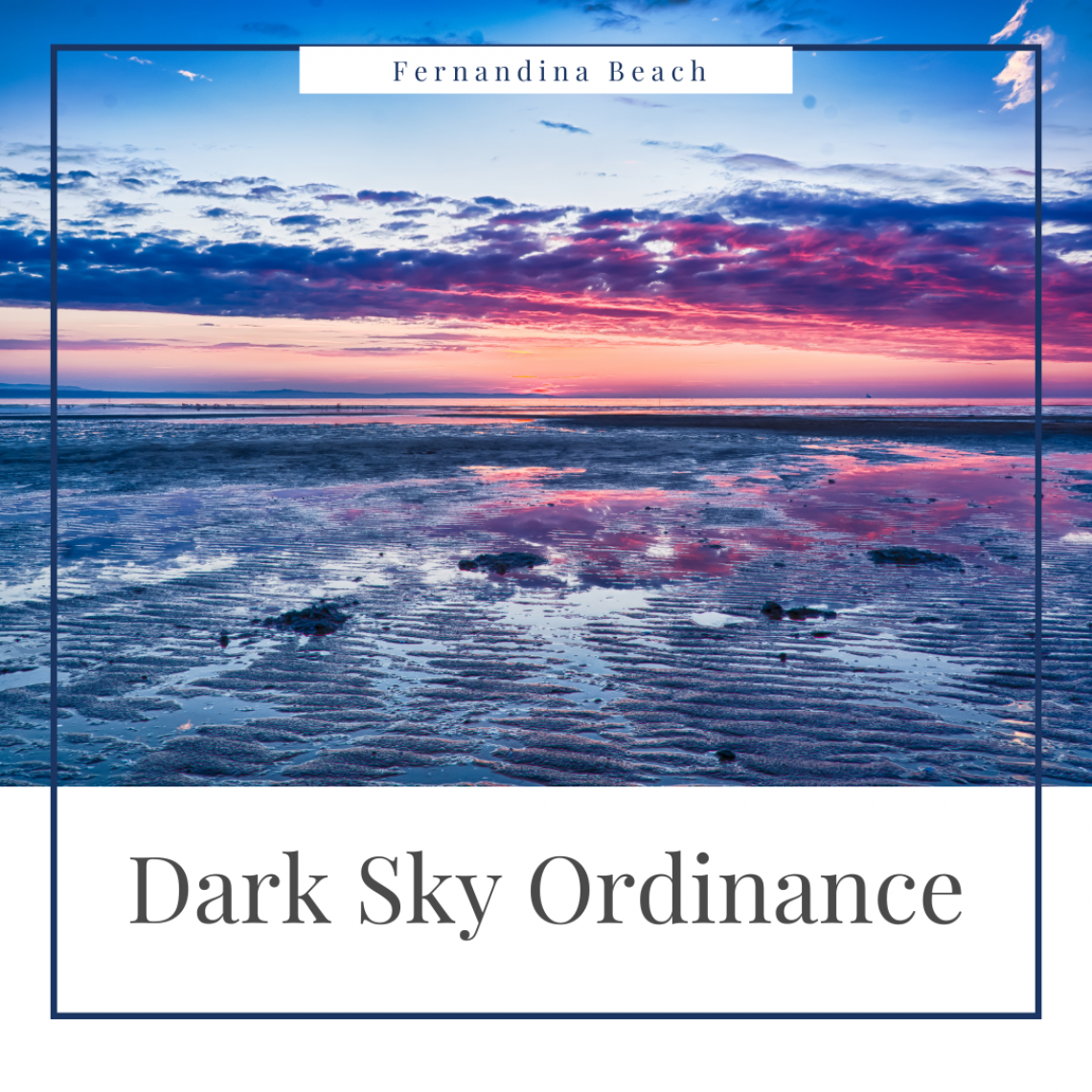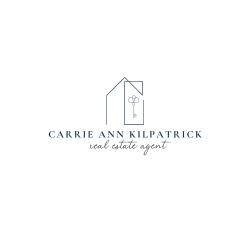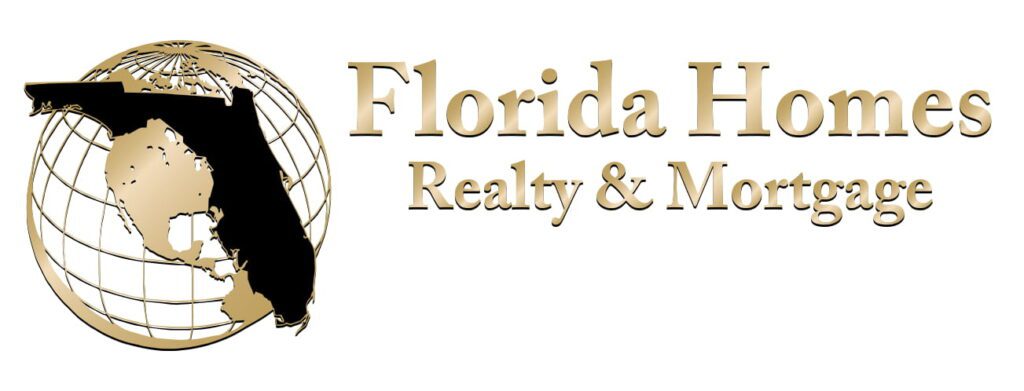Dark-sky ordinances are popping up across the country. The movement started when a few amateur astronomers realized that urban lights were blotting out the stars, causing a disruption in sleep for both wildlife and humans alike. This nocturnal light pollution hurts the environment and affects the feeding, mating, and living patterns of local wildlife.
To combat this effect, more and more communities are adopting dark-sky ordinances designed to limit the negative impact of artificial light. Compliance with the dark-sky regulations is the responsibility of not just the city, but homeowners within those zones as well, all designed to illuminate skyglow.
Skyglow is the reflection of light caused by the saturation of artificial light. It’s the orange glow in populated areas that prevents one from seeing the stars. Dark-sky rules are designed to combat this and use a variety of methods to reduce or illuminate this light pollution. In addition to limiting the time and type of lighting, they also employ specific light strategies to comply with the ordinances.
Homeowners in a dark-sky location must also adjust the lighting on their property to avoid citations. As with commercial properties, the use of directional lights, lower “lamp” bulbs, and compliant fixtures allow the homeowner to have adequate lighting, while observing dark-sky practices.
The International Dark-Sky Association, or IDA, offers resources for communities, business owners and homeowners that identify best practices and compliant lighting strategies. As more cities recognize the benefits of dark-sky policies on the environment and their citizens, expect to find more dark-sky ordinances across the country.




